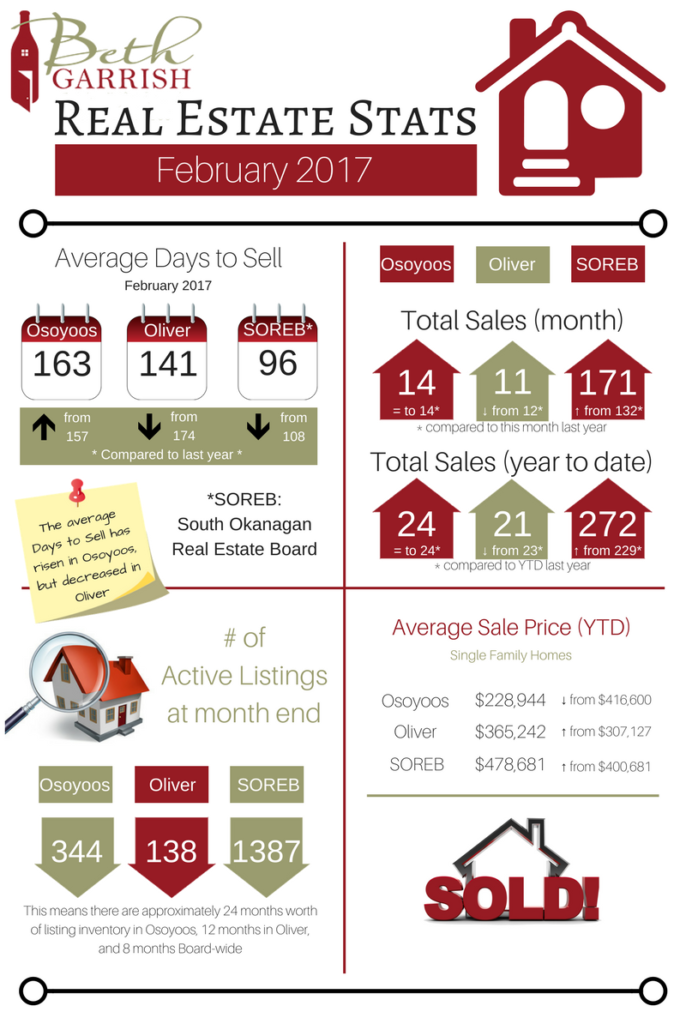BCREA Housing Forecast
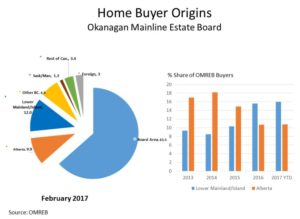 The Thompson-Okanagan region is served by the Okanagan Mainline and South Okanagan Real Estate Boards, as well as the Kamloops & District Real Estate Association. Strong economic conditions in the region are consistent with overall provincial economic performance. The urban centres of Kamloops and Kelowna have increasingly diversified economies that support population growth, rising employment levels and new construction activity.
The Thompson-Okanagan region is served by the Okanagan Mainline and South Okanagan Real Estate Boards, as well as the Kamloops & District Real Estate Association. Strong economic conditions in the region are consistent with overall provincial economic performance. The urban centres of Kamloops and Kelowna have increasingly diversified economies that support population growth, rising employment levels and new construction activity.
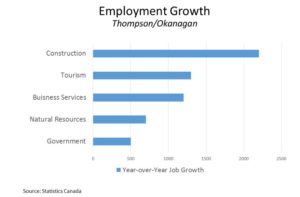 Employment growth in business services, construction and tourism has been particularly robust. While a favourable exchange rate benefits BC exporters, it is also causing an increase in tourism-related activities from international visitors and from Canadians choosing to spend their vacation dollars at home.
Employment growth in business services, construction and tourism has been particularly robust. While a favourable exchange rate benefits BC exporters, it is also causing an increase in tourism-related activities from international visitors and from Canadians choosing to spend their vacation dollars at home.
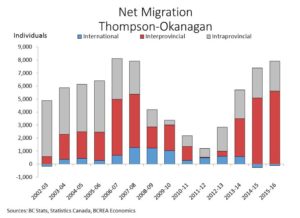 Net migration to the region has returned as a key population growth component after a significant decline in the post-recession period. Both migration from other provinces and from within British Columbia are bolstering the region’s population and adding to housing demand. While the proportion of home-buyers in the Okanagan Mainline Real Estate Board area originating from Alberta has declined since 2014, there has been an offsetting increase in activity origination from Metro Vancouver. The Thompson-Okanagan region’s relative affordability, employment opportunities and retirement lifestyle are significant drivers of migration and overall population growth.
Net migration to the region has returned as a key population growth component after a significant decline in the post-recession period. Both migration from other provinces and from within British Columbia are bolstering the region’s population and adding to housing demand. While the proportion of home-buyers in the Okanagan Mainline Real Estate Board area originating from Alberta has declined since 2014, there has been an offsetting increase in activity origination from Metro Vancouver. The Thompson-Okanagan region’s relative affordability, employment opportunities and retirement lifestyle are significant drivers of migration and overall population growth.
MLS® residential sales through the Okanagan Mainline Real Estate Board have eased from the record level recorded a year ago. However, consumer demand remains at an elevated level, and home sales are expected to post the second best performance on record this year. In the South Okanagan, housing demand is on pace to match last year’s record level, with 2,450 units sold. Meanwhile, housing demand in the Kamloops area is also expected to remain robust this year, with 3,150 units trading hands. Condominiums have been in high demand across the Thompson-Okanagan region this year. Consumer demand for apartments is expected to rise nearly 26% in the South Okanagan and 8% in the Okanagan Mainline areas.
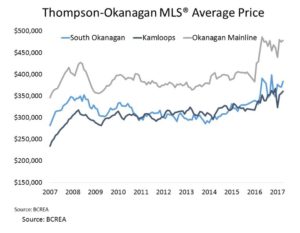 Market conditions in the region have continued to tighten this year. Strong consumer demand has drawn down the inventory of homes for sale and created more intense competition among home-buyers. Total active listings on the market in May were down nearly 28% in Kamloops, and 16-19% in the Okanagan boards, compared to the same time last year.
Market conditions in the region have continued to tighten this year. Strong consumer demand has drawn down the inventory of homes for sale and created more intense competition among home-buyers. Total active listings on the market in May were down nearly 28% in Kamloops, and 16-19% in the Okanagan boards, compared to the same time last year.
While tight supply conditions have induced home builders to ramp up new construction activity, the number of newly-built and unoccupied units remains low. As a result, the total stock of homes is under-supplied in the face of current consumer demand, at least in the near term.
In addition, housing starts climbed 33% in Kamloops and 72% in both Okanagan Board areas last year. This activity has likely absorbed a significant amount of develop-able land. Combined with some capacity constraints for home builders, this is expected to limit new home starts this year.
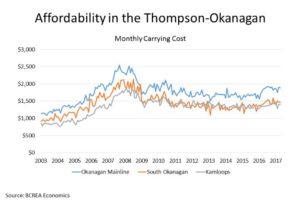 Because of these factors, the average residential price is expected to continue an upward trend this year across the Thompson-Okanagan region, with apartments in the Okanagan Mainline area and townhouses in both the South Okanagan and Kamloops experiencing most significant gains. The relative affordability of the region continues to underpin demand. However, while the typical monthly carrying cost is still below the highs recorded in 2008, relative affordability has eroded over the last 24 months.
Because of these factors, the average residential price is expected to continue an upward trend this year across the Thompson-Okanagan region, with apartments in the Okanagan Mainline area and townhouses in both the South Okanagan and Kamloops experiencing most significant gains. The relative affordability of the region continues to underpin demand. However, while the typical monthly carrying cost is still below the highs recorded in 2008, relative affordability has eroded over the last 24 months.
Source: BCREA

 “BC home sales are on an upward trend this spring, led by a sharp increase in consumer demand in the Lower Mainland,” said Cameron Muir, BCREA Chief Economist. The seasonally adjusted annual rate (SAAR) of home sales was over 106,000 units in April, significantly above the five-year SAAR for April of 89,000 units.
“BC home sales are on an upward trend this spring, led by a sharp increase in consumer demand in the Lower Mainland,” said Cameron Muir, BCREA Chief Economist. The seasonally adjusted annual rate (SAAR) of home sales was over 106,000 units in April, significantly above the five-year SAAR for April of 89,000 units.


